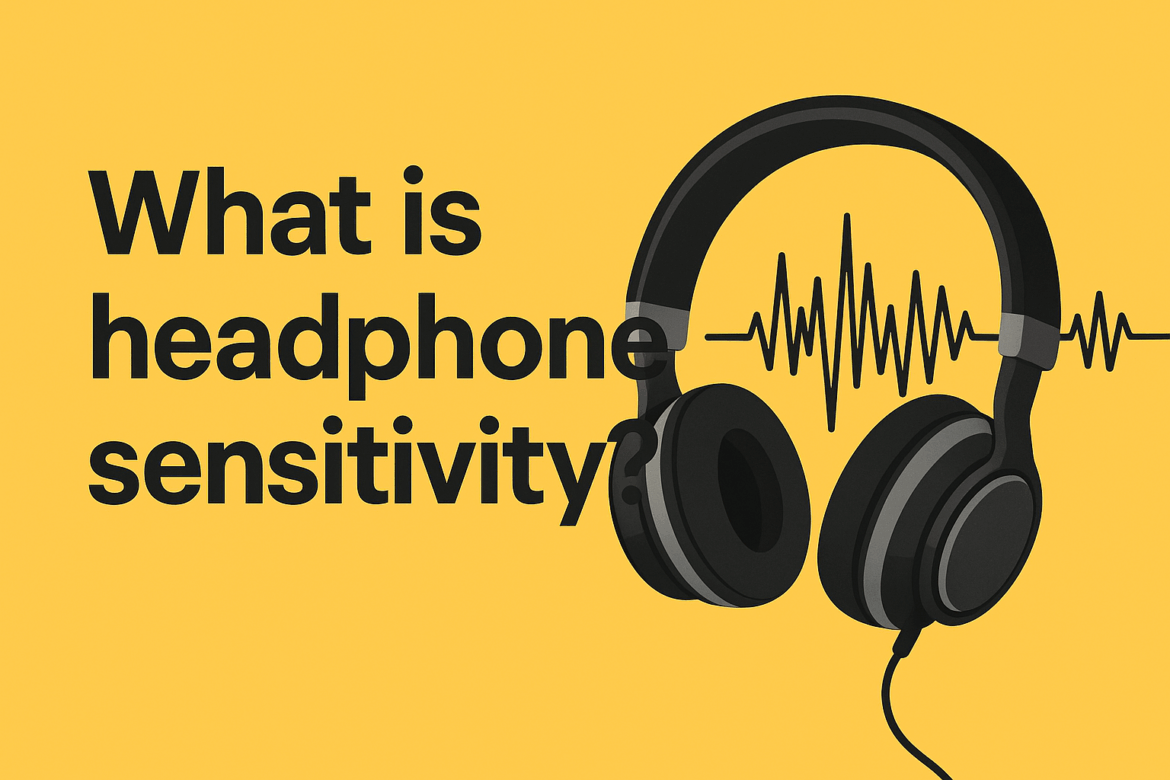Headphone sensitivity is a term that might sound a bit technical, but it’s something everyone who uses headphones should understand. It plays a crucial role in determining how your favorite tunes reach your ears, and yet, it often hides behind more talked-about specs like impedance or frequency response. So, let’s dive into what headphone sensitivity really means and why it matters.
Understanding Headphone Sensitivity
At its core, headphone sensitivity refers to how effectively a pair of headphones converts an electrical signal into an audible sound. Technically speaking, it’s measured in decibels of Sound Pressure Level (dB SPL) per milliwatt (mW) of power. This measurement tells us how loud the headphones will be when driven by a given amount of power.
Why Sensitivity Matters
You might be wondering why sensitivity is such a big deal. Well, imagine you’re on a crowded bus, trying to drown out the noise with your favorite playlist. Your headphones’ sensitivity will determine how much power they need to deliver a clear, loud sound that can overpower that background chatter. Higher sensitivity means less power is needed to achieve higher volumes, which is especially important when using portable devices like smartphones.
The Decibel Scale: A Quick Overview
Before we dive deeper, let’s take a moment to understand the decibel scale, which is logarithmic. This means that a small increase in decibels can represent a significant increase in sound level. A 3 dB increase, for instance, doubles the sound energy. So, when comparing headphones, even a slight difference in sensitivity ratings can translate to a noticeable difference in volume.
Table: Sensitivity Rating Examples
Here’s a quick look at how different sensitivity ratings can translate into perceived loudness:
| Sensitivity (dB SPL/mW) | Perceived Loudness |
|---|---|
| 85 | Moderate |
| 95 | Loud |
| 105 | Very Loud |
Balancing Sensitivity with Impedance
Headphone sensitivity doesn’t work in isolation. It’s essential to consider it alongside impedance, which is measured in ohms. Impedance affects how much power headphones require. For instance, high-impedance headphones typically need more power and are thus better suited for use with dedicated amplifiers. However, these might not be the best choice for portable devices.
Impedance and Sensitivity: A Delicate Dance
Consider impedance as a dance partner to sensitivity. A pair of headphones with high sensitivity and low impedance is like a couple on a dancefloor with great chemistry—they work seamlessly with minimal effort. On the other hand, high impedance and low sensitivity require a lot more “dance practice,” i.e., more power, to perform well.
Real-world Implications
Let me share a little story. Once, I was testing a pair of studio headphones that boasted a sensitivity rating of 100 dB SPL/mW. They sounded fantastic plugged into my home audio system. However, when I tried them with my smartphone, the volume was disappointingly low. The culprit? Their high impedance demanded more power than my phone could provide.
The Smartphone Dilemma
Most portable devices are designed to work best with headphones that have a sensitivity rating of at least 95 dB SPL/mW and an impedance of 32 ohms or less. This balance ensures that they can deliver ample volume without draining the battery too quickly.
Tools for Measuring Sensitivity
For those curious about the technical side, specialized equipment is used to measure headphone sensitivity. Audio engineers use tools like microphones, audio analyzers, and dummy heads that simulate human ears to gauge how headphones perform. These instruments provide precise measurements, ensuring that the sensitivity ratings you see on headphone boxes are accurate.
DIY Sensitivity Testing
While most of us don’t have access to such sophisticated equipment, there are simpler ways to test headphone sensitivity at home. Use an audio source with a known volume level and compare how different headphones perform. Although not scientifically precise, this method can give you a rough idea of how sensitivity affects sound output.
Common Misconceptions
It’s easy to get tangled in misconceptions about headphone sensitivity. One common myth is that higher sensitivity always means better sound quality. However, sensitivity only indicates potential volume levels, not the overall audio fidelity. A pair of headphones can be highly sensitive but still sound mediocre if other audio components are subpar.
The Quality Factor
Always remember that sensitivity is just one piece of the puzzle. Factors like driver quality, build materials, and design also play vital roles in determining the overall sound experience.
Conclusion: Finding the Right Pair
Finding the perfect pair of headphones is much like finding a good book. Some might catch your eye with flashy covers (or high sensitivity ratings), but it’s the content inside—the overall sound quality—that truly matters. When shopping for headphones, consider sensitivity as a helpful guide, but don’t forget to look at the bigger picture.
As you navigate the world of headphones, keep in mind that sensitivity, while important, is just one aspect of the listening experience. Whether you’re a casual listener or an audiophile, understanding how sensitivity works will empower you to make more informed decisions and ultimately enjoy your music to the fullest.
So next time you find yourself in a store, contemplating a new pair of headphones, take a moment to appreciate the subtle dance between sensitivity and impedance. And remember, the best headphones are those that suit your unique listening needs, offering both comfort and sound quality that resonate with your personal taste.
Last Updated on August 28, 2025
